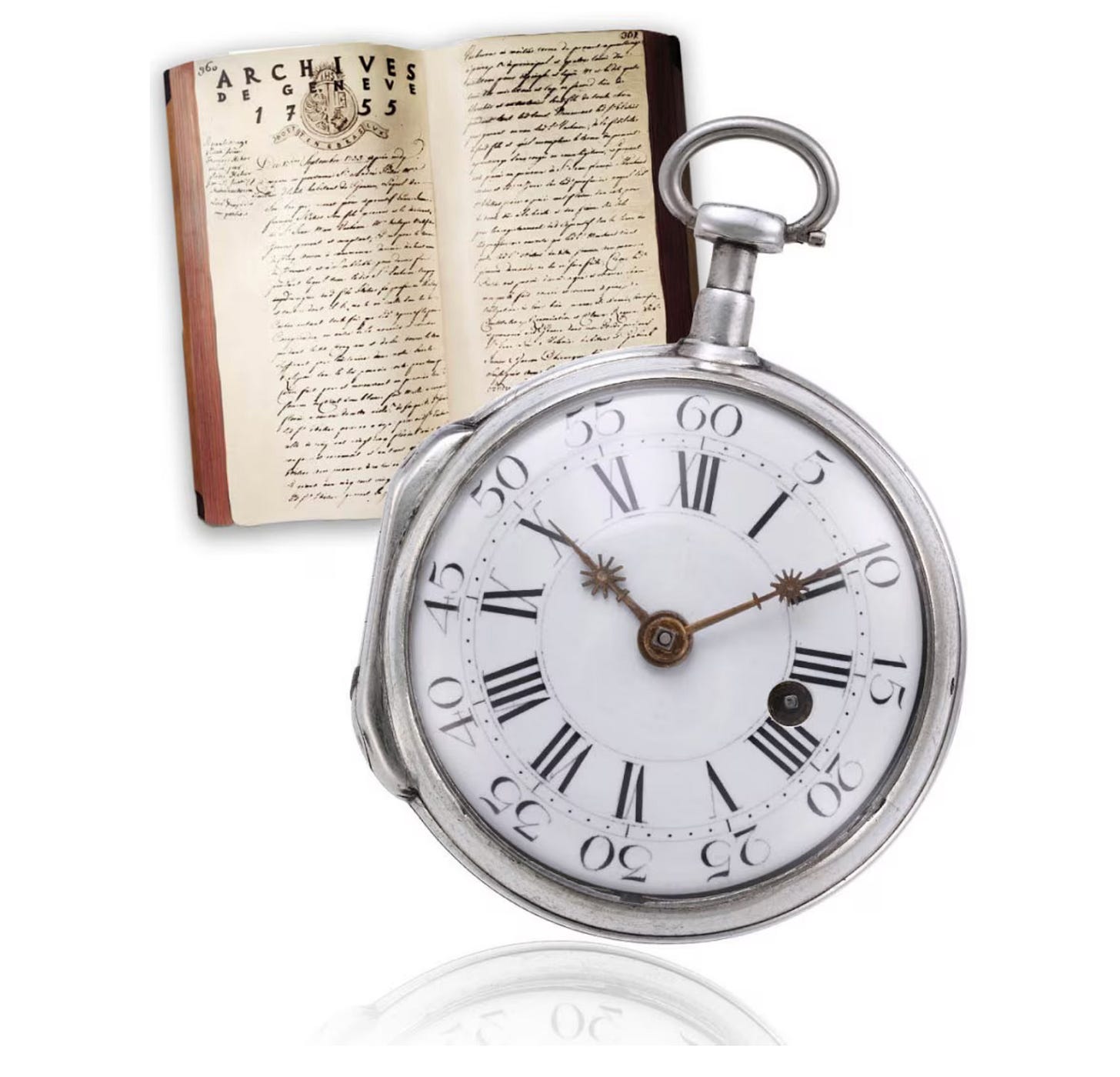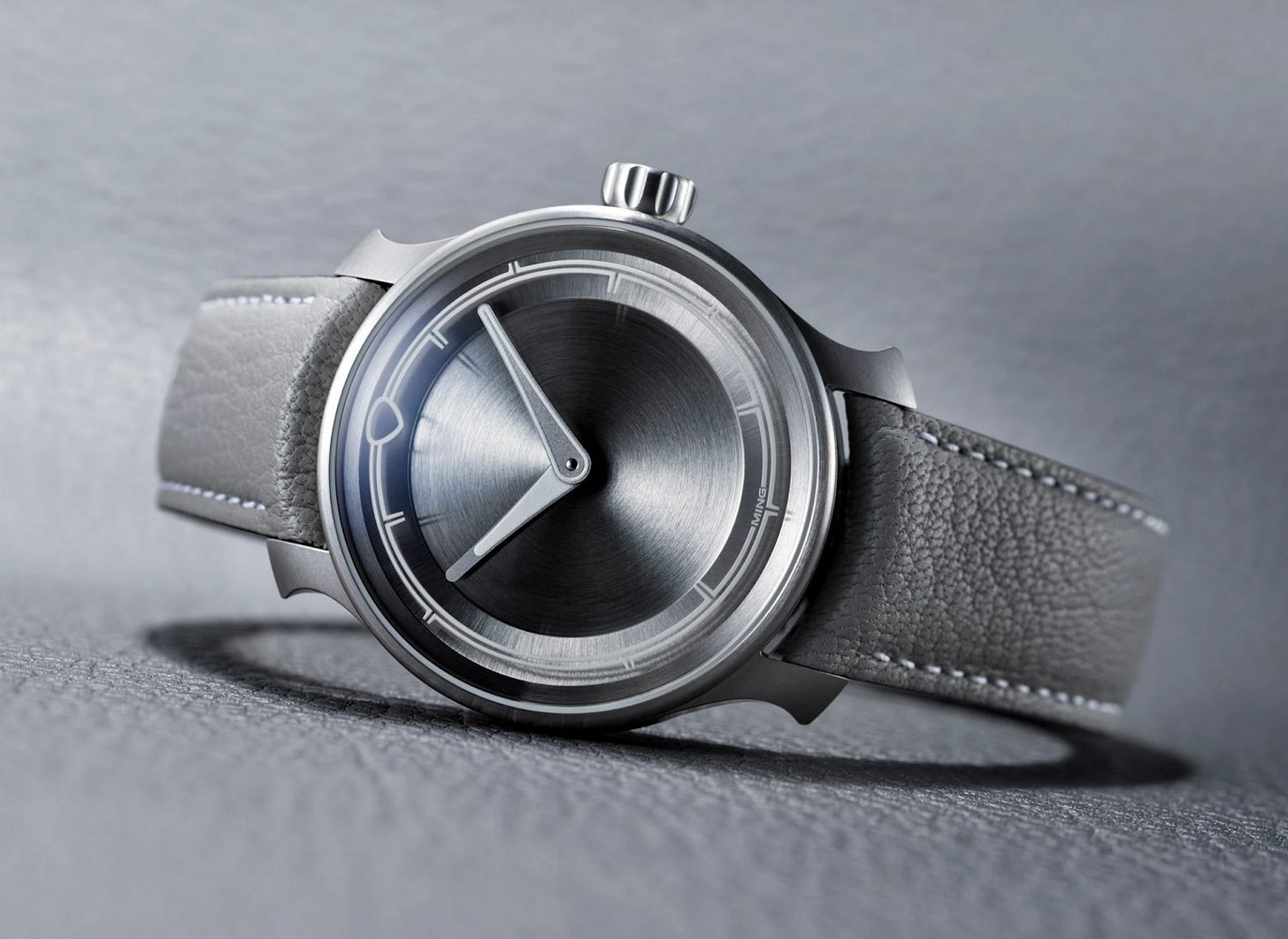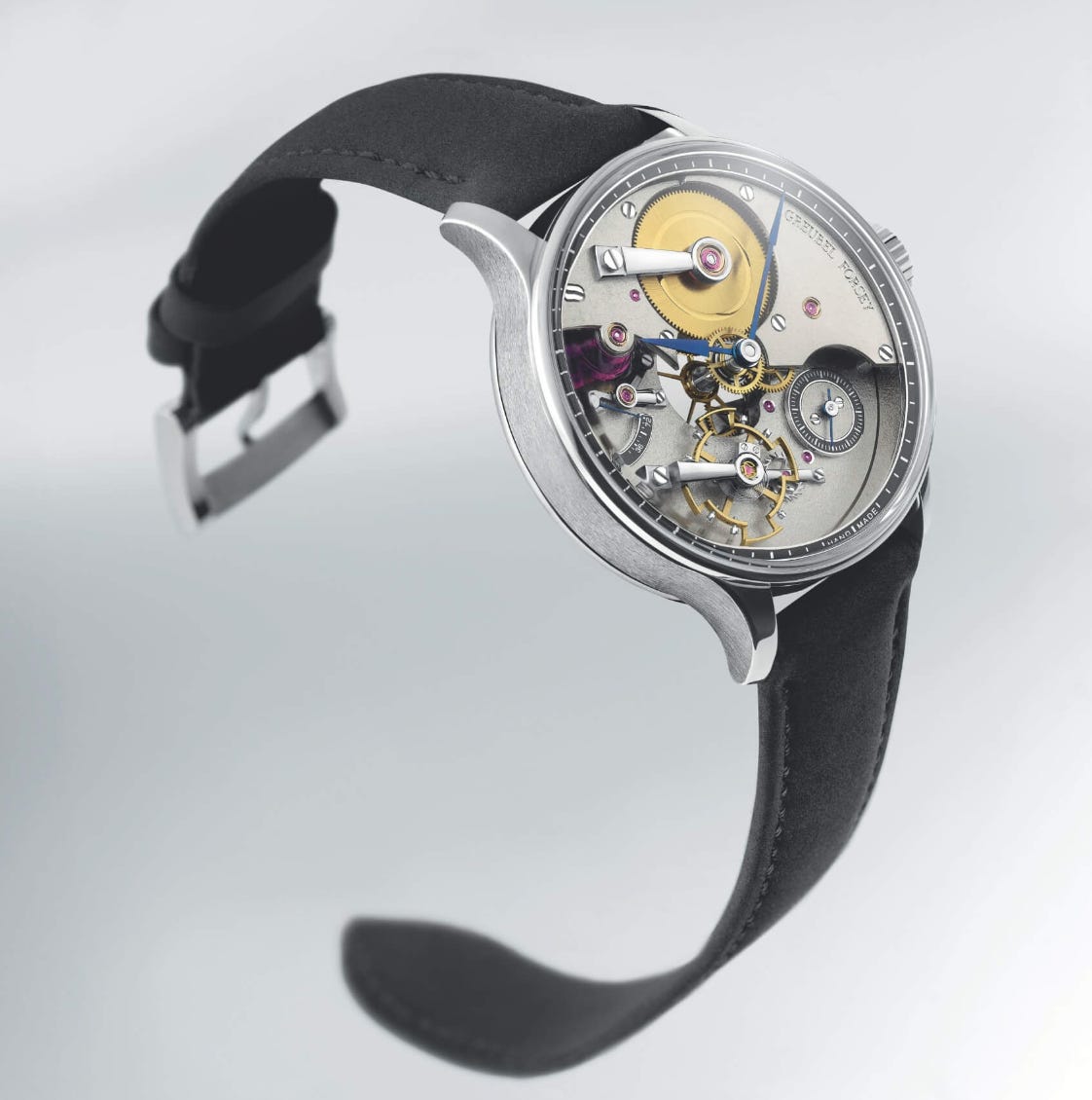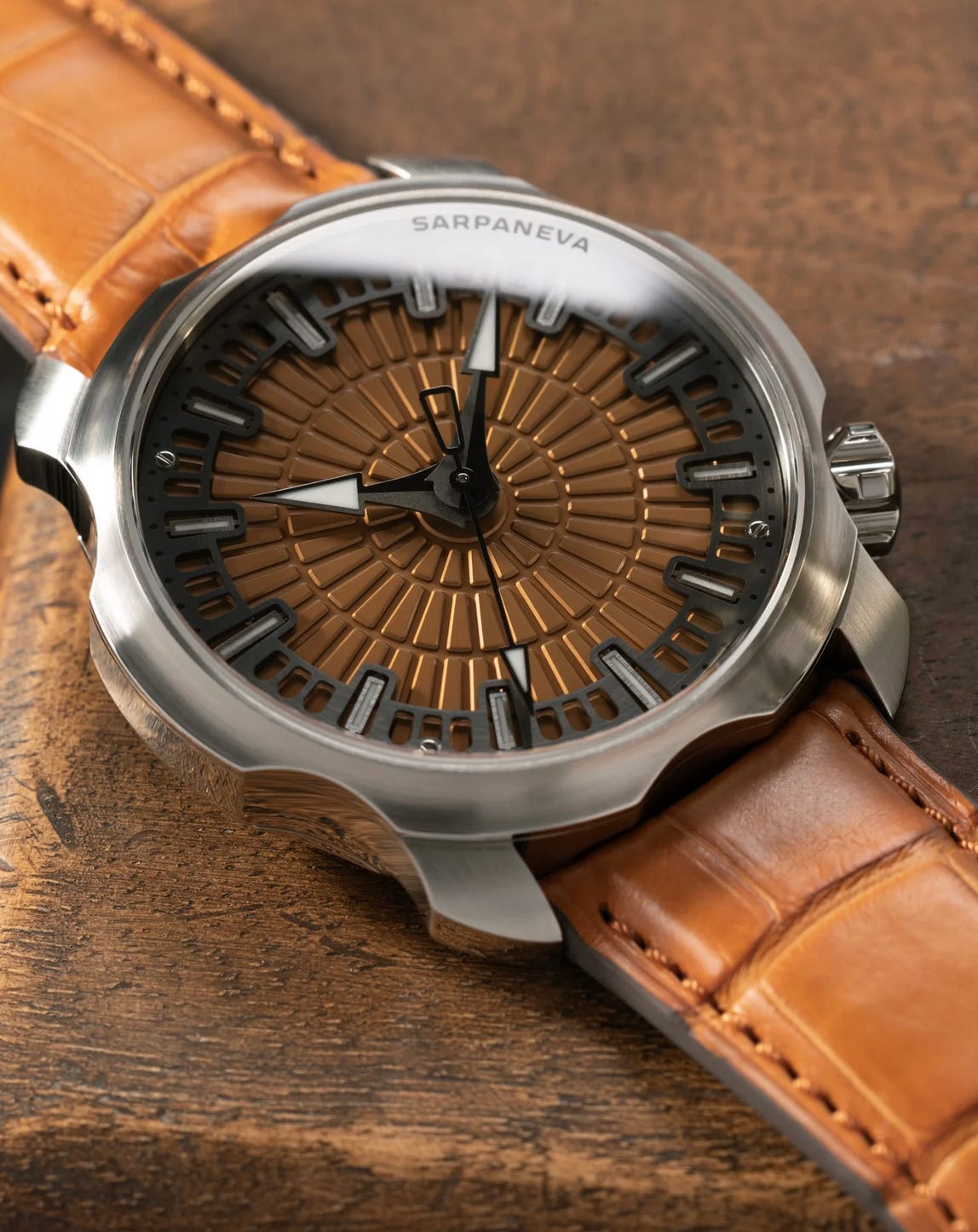Beyond the Logo: How Independent Brands Build Identity Without Heritage
What Do You Sell When You Have No History to Sell?
In an industry built on centuries of tradition, independent watchmakers face a unique challenge: how do you build credibility when you have no heritage to sell? From strategic silence to artisanal transparency, today's most successful indie brands are rewriting the rules of luxury marketing—turning their youth into an advantage and their limitations into strengths.
The Heritage Deficit
The independent watchmaker sits at a peculiar disadvantage. While Patek Philippe can gesture toward 1839 and Vacheron Constantin whispers of 1755, the indie arrives empty-handed to a conversation already thick with centuries. No dusty ledgers. No royal warrants yellowing in mahogany cases. No ambassadors whose grandfathers wore the brand to polo matches in 1923.
Instead, they have Instagram accounts created last Tuesday.
Yet somehow, many succeed. They command four-figure deposits on pieces that will not exist for eighteen months. They generate waiting lists that stretch longer than some Swiss maisons' entire production runs. They do this not despite their lack of heritage, but through a careful choreography of substitutes—a semiotics of authority that sidesteps history entirely.

Strategic Silence as Brand Positioning
Consider the case of Ming Watch, launched in 2017 by physicist-turned-photographer Ming Thein and five fellow watch enthusiasts from Kuala Lumpur. Their origin story reads like an unlikely success: a Malaysian collective disillusioned by inflated prices and pretentious service at traditional watch shows decides to create the watches they actually want to wear. By all rights, they should have disappeared into the crowded graveyard of wannabe horologists. Instead, they have built a following that treats each release like a cultural event.
The secret lies not in what they say, but in what they do not. Their approach strips away traditional luxury marketing conventions. The watches bear systematic model numbers that sound like engineering specifications: 17.06, 19.02, 27.01. No romantic names, no appeals to aristocratic heritage, no manufactured provenance stories. Where other brands invoke centuries of tradition, Ming speaks the language of contemporary design---talking about 'layering and interaction with light' and 'visual balance and legibility' rather than dusty workshops and founding legends.

This is strategic modernism as brand positioning. In an industry drowning in manufactured nostalgia, Ming positions itself as the rational alternative---the brand that will not insult your intelligence with tales of great-grandfather's pocket watches. The subtext is clear: we design for the present, not the past.
Scarcity as Artistic Statement
Perhaps the most sophisticated tool in the independent's arsenal is strategic scarcity. Traditional luxury brands limit production to maintain exclusivity, but independents turn scarcity into a form of artistic statement. This approach finds its most extreme expression in brands like Greubel Forsey, which produces fewer than 500 watches annually. Their atelier in La Chaux-de-Fonds feels more like a private laboratory than a commercial workshop. Each piece is crafted like a mechanical sculpture over thousands of hours. The entire environment communicates that you are not witnessing mass production—you are being granted access to something approaching horological art.

When Rexhep Rexhepi at Akrivia commits to producing fewer than thirty watches per year across his entire output, he is not just managing supply and demand. He is positioning himself as an artist rather than a manufacturer, someone whose work exists in severely limited quantities because that is the nature of handcrafted excellence itself. The scarcity is a creative constraint that elevates the work beyond mere commerce. Even when he does announce specific limited editions, like the fifty-piece runs of his Chronomètre Contemporain models, the numbers remain deliberately modest, reinforcing the message that true artisanship cannot be scaled.
Manufacturing Transparency as Competitive Advantage
The most sophisticated tool in the independent's arsenal may be their willingness to reveal what established luxury brands have always hidden: how things are actually made. While Rolex maintains extremely restricted factory access and Patek Philippe treats manufacturing processes as closely guarded secrets, independent watchmakers have discovered that transparency itself can become a luxury.
Consider the radical openness of Philippe Dufour, who famously declared, "I have no secrets as past watchmakers had. There are graveyards full of secrets and that is enough." From his workshop in Le Sentier, Dufour freely shares production numbers—just eight Simplicity watches annually, each requiring 2,000 hours of completely hand-crafted work. He allows cameras into his workshop, documents traditional techniques for posterity, and openly discusses methods that major Swiss manufacturers would consider proprietary trade secrets.
This transparency extends beyond workshop access to component sourcing—information that established brands treat as confidential competitive intelligence. Roger Smith explicitly details his mastery of 32 of the 34 "Daniels Method" skills while acknowledging he outsources balance spring making and engraving. Newer independents like Code41 provide complete cost breakdowns, listing their movement from Timeless Manufacture at $1,705 and rejecting the "Swiss Made" label despite meeting requirements, calling it "misleading" and promoting "an environment of secrecy."
The contrast is deliberate and strategic. Where major brands maintain mystique through controlled access and limited disclosure, independents build authority through radical openness. They offer workshop visits, host educational experiences, and document their processes in real-time. This transparency cannot be easily replicated by established manufacturers whose entire positioning depends on exclusivity and operational secrecy.
The message is unmistakable: we have nothing to hide because our work speaks for itself. In an industry built on centuries of guarded traditions, the most revolutionary act may be simply showing how the work gets done.
The Philosophy of Intentional Constraints
The strategy reaches its logical conclusion in brands that actively resist growth. When Stepan Sarpaneva announces that he will never expand beyond his current capacity, he is not just managing expectations—he is making a philosophical statement about the nature of craft itself. The implicit message is that true artisanship cannot be scaled, that quality requires constraints.
This anti-growth positioning serves multiple purposes. It maintains the founder's creative control while building customer loyalty through exclusivity. It also provides a compelling narrative for collectors who want to feel they are supporting an artisan rather than feeding a corporate machine.

Transcending Tradition
The most astute independents recognize that their lack of heritage is actually an advantage. They are not burdened by the weight of history, not constrained by the need to honor tradition. They can experiment with materials, forms, and concepts that would be impossible for brands carrying the weight of centuries.
Take Richard Mille's approach to legitimacy. Rather than appeal to horological history, they positioned themselves as the future of watchmaking—a high-tech laboratory that happens to make timepieces. Their watches look like nothing that came before, and that is precisely the point. They are not trying to connect with tradition; they are trying to transcend it.
The New Luxury Consumer
The success of these strategies reveals something important about contemporary luxury consumption. Today's collectors do not just want heritage—they want to participate in its creation. They want to discover the next great independent before everyone else knows about it. They want to be part of a brand's origin story rather than inheriting someone else's.
This shift creates opportunities for independents willing to embrace their newness rather than apologize for it. The brands that succeed are those that understand authenticity as a performance, scarcity as a creative choice, and transparency as a form of luxury itself.
In the end, the most successful independents do not try to compete with established heritage brands on their own terms. Instead, they create entirely new categories of credibility—based on transparency, artisanship, and the romance of the startup itself. They turn their limitations into advantages, their youth into vitality, their smallness into intimacy.
The Coming Orthodoxy
The irony, of course, is that these strategies work so well that they are becoming the new orthodoxy. The sparse website, the clinical photography, the strategic silence—these are quickly becoming as formulaic as the heritage marketing they replaced. The next generation of independents will need to find new ways to signal authenticity, new forms of credibility that feel fresh rather than calculated.
But for now, in this moment between the old luxury and whatever comes next, the most successful independents are those who understand that in a world oversaturated with stories, sometimes the most powerful narrative is the one you choose not to tell.
Author’s Note
This essay combines verified facts with analytical interpretation. While core claims about specific brands have been fact-checked, many assertions about brand strategies and positioning represent informed industry analysis rather than documented company statements. Readers should view this as expert commentary on luxury watchmaking trends rather than investigative reporting.



This is a terrific article. Indie watchmakers are creating, new bold timepieces. Now I want a Ming more than ever.